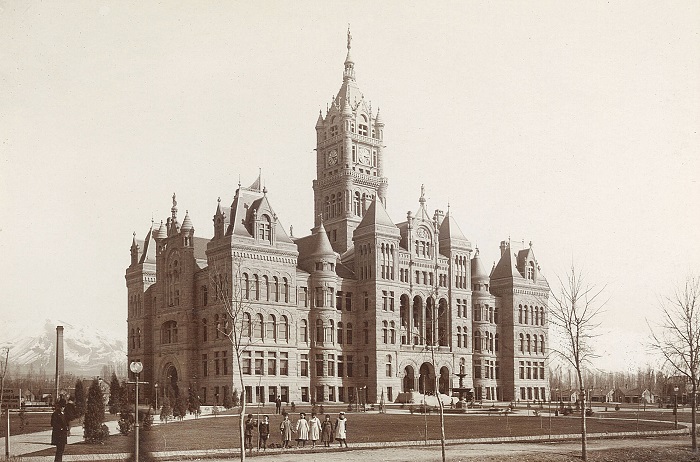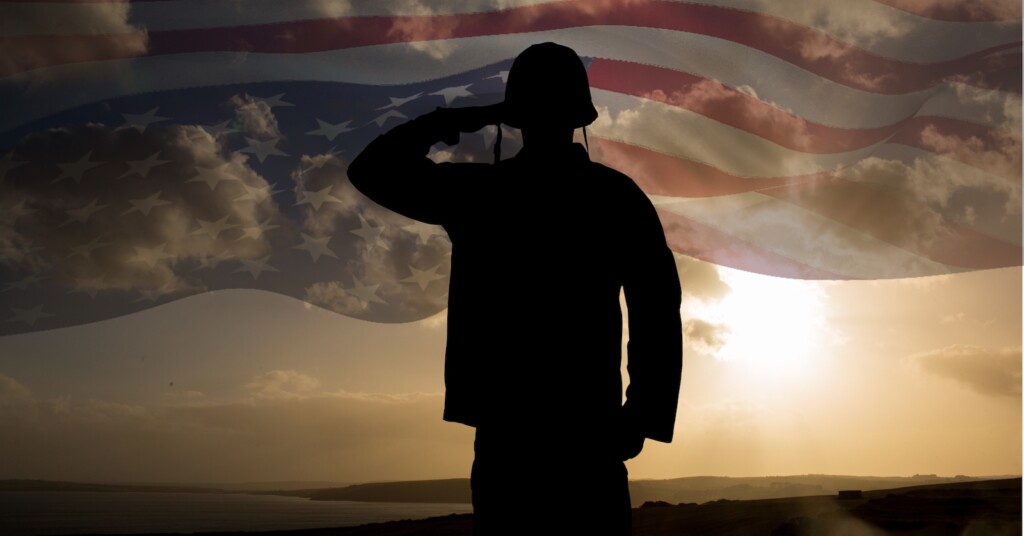
Welcome to our hidden history issue! You might have picked this magazine up thinking you would find only pages of summer patios and parties. Nope! That’s what you call a bait and switch. It’s a device commonly used in publishing. Better known in online publishing as “click bait”. But not quite, because in the center of this booklet you will find incredible restaurant patios. Read the rest of the magazine as well, and you won’t be disappointed.
In fact, it would be terrible if you were to just glance over the words and only look at the pictures in this issue, because whether you’re new to Utah, or lived here your entire life, the significance of the stories regarding Mormon Pioneers and historical events that happened over one-hundred years ago are still very important and continue to shape our world today.
I’m lucky in this regard because I live a few blocks where my Grandmother grew up in the 1930s. She died a couple of years ago at the age of 91. She described to me what Sugar House was like when she was in high school. She could take out a horse and ride around the farms surrounding the Sugar House prison and waive to prisoners. Farmlands and fields were still everywhere. There were more paved sidewalks than roads because more people walked and beyond about 2100 South there were immigrant farms and ranches all along the Wasatch front. Horseback travel wasn’t uncommon. She escaped the hot summers with her brothers by living up in a mountain cabin, where they would “never past the gate”, and wouldn’t return to city until school was about ready to start.
It puts some perspective on where we are going when we take a look back at where we have come from. Mainly, it helps us to realize that it would be a nice thing if we don’t ruin our cultural heritage by destroying all of the farms and wilderness, which has defined the west since the Pioneers settled here. Greed will destroy this heritage, sanity and public involvement will maintain it. (as was demonstrated last issue on the Bangerter Farm battle).
Unfortunately, history has been reduced to insignificance in the minds of many, due in part to poor history teachers and an emphasis on standardized testing–facts, dates, figures rather than meaningful stories. I had an amazing history teacher, at Skyline High named Mr. Stokoe. He made history come alive through exciting, verbose lectures and by clearly explaining the current-day relevance of historical events and people and places. History means nothing unless the dots are connected. And that’s what we are going for in this issue.
Our major focus is Pioneer history. Mormon Pioneer history is rife with controversy, hidden facts, and events “they” clearly don’t want you to know. But finding clues about this history is not like looking for a needle in a haystack, as most of it is clearly documented. We aren’t going to be writing about the Mountain Meadows Massacre—that unfortunate event where Brigham Young ordered John D. Lee to kill a handcart group of over 100 settlers from Missouri. And we aren’t writing about the questionable buried treasure of Thomas Rhoades, and where that alleged treasure might be buried, as we did in years past.
This year we chose stories that are closer to home. Plum Alley, and China and Japan towns in Salt Lake City, were amazing enclaves for immigrants. The United Order, and how the Pioneers followed a form of communism to make due without enough currency to maintain the flow of good and services was an ingenious idea—almost Utopian. The irrigation and water canals that the early Pioneers constructed that are still in use today. And finally, I was lucky enough to learn about the proposed dams that would have made Echo Park Canyon and Split Mountain Canyon a massive lake, similar to Lake Powell, and how and why this proposal was defeated.
Learn answers to the following questions: Why does Lake Powell exist? How did the Mormon Pioneers unite and survive with so little? How did downtown Salt Lake City look in the early 1900s? Find the answers in this issue and start connecting the dots. It’s about time history took its place in academia where it belongs, and we start to learn more about our present and future by understanding our past.
And all of this just by reading. Please read! I don’t want to only create patio guides, beer guides and party guides.
This isn’t why I started Utah Stories.
Don’t ruin it for me.
Your brain will thank you





